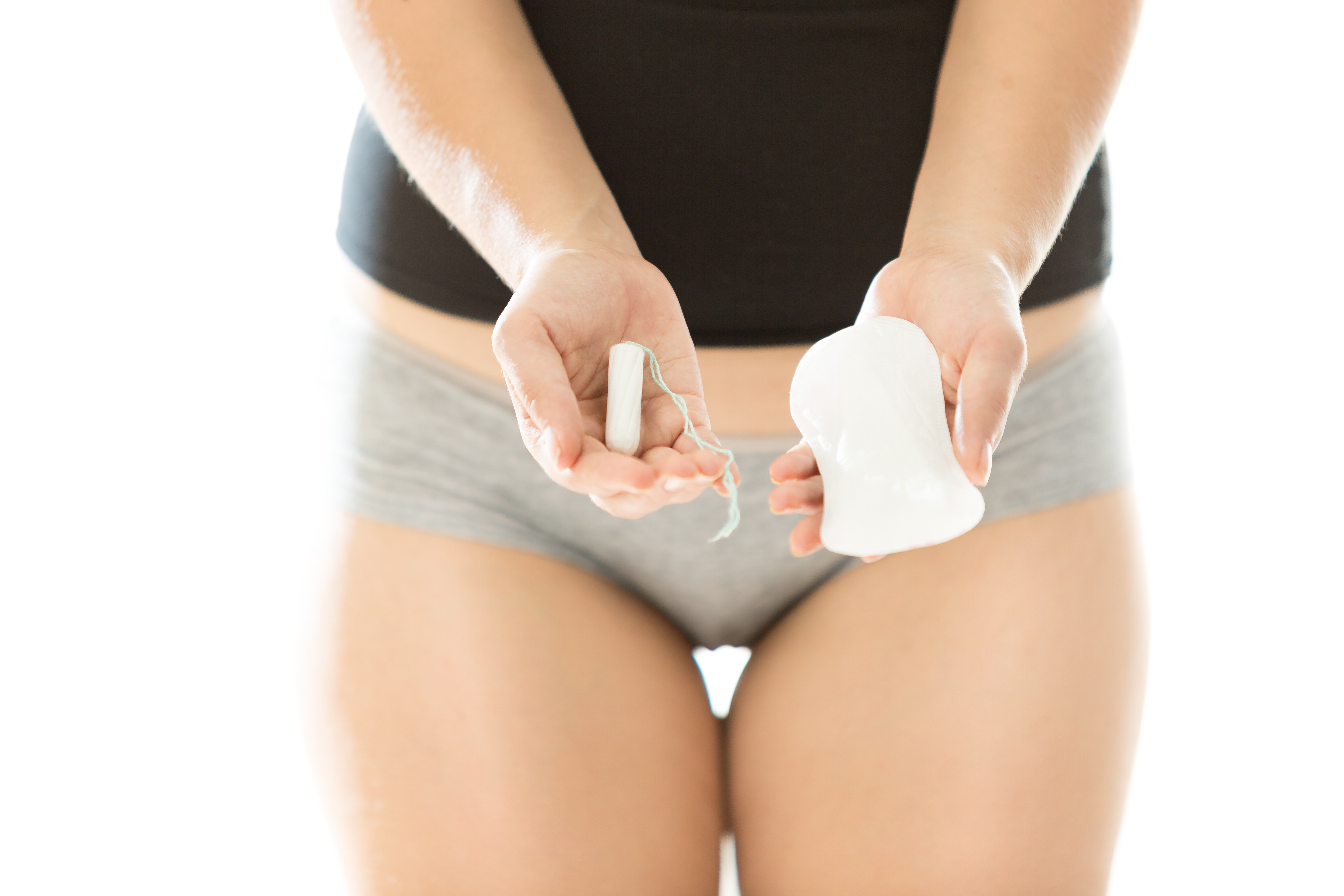
Ms. Zhang, 26 years old, gave birth to a child over a year ago. Recently, she has been feeling lower back pain, which worsens when the weather is cloudy or when she is fatigued. Some people say it is lumbar muscle strain, while others say it is rheumatism. She suspects that it may be related to giving birth and goes to the orthopedics department of a traditional Chinese medicine hospital for examination. The examination reveals tenderness in the sacroiliac joints on both sides and significant pain when the pelvis is compressed. The examination also shows that the density of the ilium at the sacroiliac joint is significantly increased and appears whitish. The diagnosis is dense sacroiliitis (abbreviated as dense ilium inflammation).
Where are the sacroiliac joints?
The sacroiliac joints are small, movable joints located at the junction of the lower spine and the back of the pelvis. There is one on each side. They are formed by the articulation between the sacrum and the ilium. The sacroiliac joints connect the upper body's weight to the lower limbs and serve as a bridge. The joint surfaces are unique, resembling ears, with very narrow gaps between them. The joint surfaces are covered with cartilage, but the ilium joint surface is thinner and weaker than the sacrum joint surface, making the ilium more susceptible to damage. Additionally, the sacroiliac joints are supported and protected by strong ligaments, which are vital for maintaining joint stability.
What is dense sacroiliitis?
This condition is a localized increase in bone density and hardening of the ilium near the edge of the joint. The cause may be related to pregnancy, strain, and focal inflammation. Late pregnancy and childbirth in women may be one of the triggering factors for this disease. During childbirth, the stability of the joints is affected due to hormonal changes. At this time, the ligaments of the sacroiliac joint and other pelvic ligaments become relaxed or loose, increasing the pressure on the ilium joint surface. The continuous stress causes damage to the cartilage and new bone formation below the cartilage, leading to an increase in local ilium density. In addition, some individuals may develop the condition due to factors such as chronic pelvic inflammation, urinary tract infection, local strain, or sprain. These abnormal stimuli or injuries can easily cause local vascular disorders, resulting in aseptic inflammatory reactions or joint instability, which in turn stimulates nerves and causes lower back pain.
This disease is most common in young women aged 20-30. According to statistics, the incidence rate is about 2.2%, with women being five times more likely to develop it than men. Among them, postpartum women account for the majority, and those who have jobs that require standing have a higher incidence rate. The condition can occur on one or both sides and is a common cause of chronic lower back and leg pain in women.
Effective traditional Chinese medicine treatment
If a young woman experiences chronic and persistent pain in the lower back, with recurrent episodes and periodic changes, especially worsening of symptoms after childbirth and increased pain when walking, standing, or bearing weight, accompanied by hip pain when sitting cross-legged, this disease should be suspected, and medical attention should be sought promptly. Examination will reveal tenderness in the lower lumbar and sacral region near the sacroiliac joint, as well as tenderness when the pelvis is compressed. There are no limitations on lumbar movement. Further X-ray examination should be done, which will mainly show localized uniform density increase in the ilium ear-shaped joint surface, with slight changes in the joint gap. In most cases, the condition affects both sides, with a few cases affecting only one side. X-rays can also rule out conditions such as ankylosing spondylitis, sacroiliac joint osteoarthritis, sacroiliac joint tuberculosis, and metastatic tumors.
After diagnosis, it is important to rest appropriately, reduce activity, avoid overexertion, and seek orthopedic treatment at a hospital. In traditional Chinese medicine, this disease belongs to the category of "bi syndrome" (painful obstruction syndrome). Based on clinical differentiation and treatment, good results can be achieved. In the early stages, the recommended treatment is the Modified Fuyuan Huoxue Decoction. In the middle stages, the Modified Duhuo Jisheng Decoction can be used. In the later stages, the Shiquan Dabu Decoction or Liuwei Dihuang Pill, Bone Hyperplasia Pill, and other formulas can be used. Acupuncture and massage can also be combined for better results. During treatment, wearing a waist support is necessary, gradually increasing activity, and strengthening exercises for the lower back.
Prevention recommendations
Since dense sacroiliitis is a self-limiting or self-healing disease and not a malignant condition, there is no need to panic or worry excessively.
For prevention, pregnant women should pay attention to rest during pregnancy, sleep on a firm mattress, and avoid excessive exertion to protect their lower back muscles. After childbirth, they should get sufficient rest and avoid wearing high heels to prevent an anterior tilt of the pelvis, which can affect the blood supply to the sacroiliac joints. It is also advisable to avoid standing and bearing heavy loads as much as possible to reduce pressure on the sacroiliac joints. Additionally, preventing injuries to the lower back or hips that could cause instability in the sacroiliac joints is important. Finally, it is recommended to keep the lower back warm and prevent wind-cold invasion.




